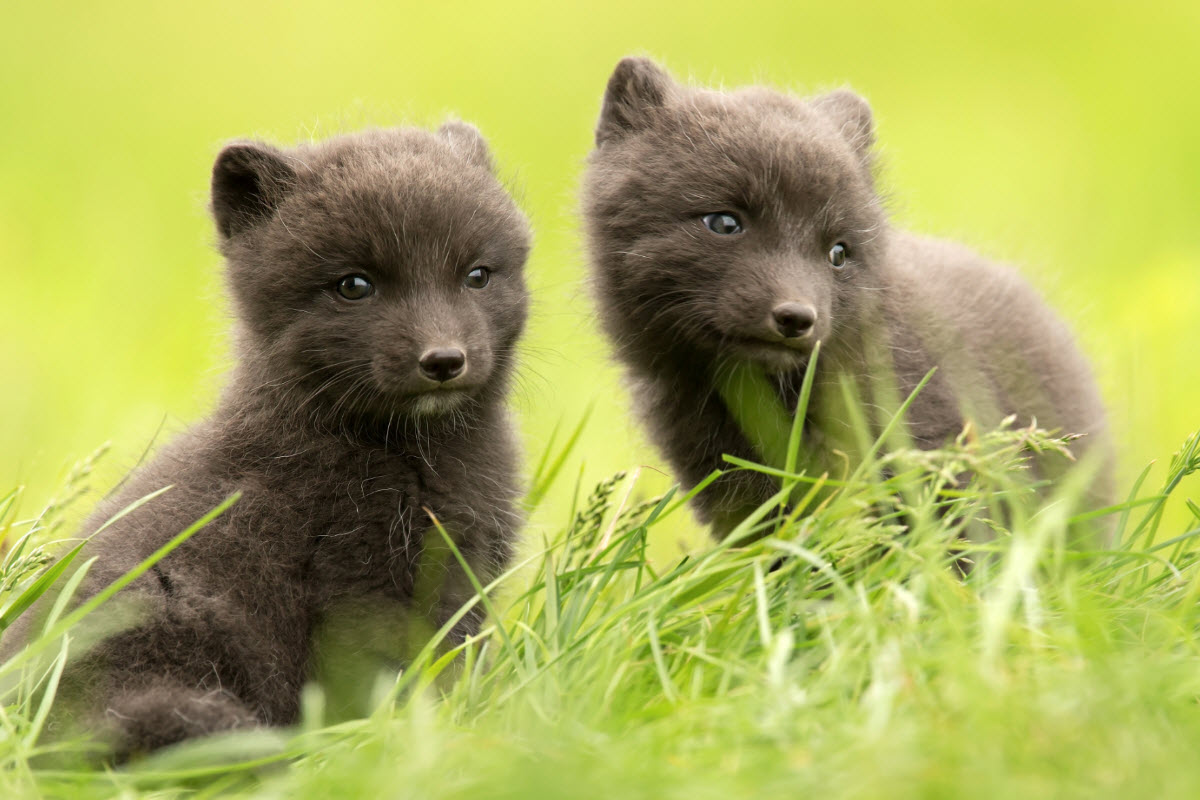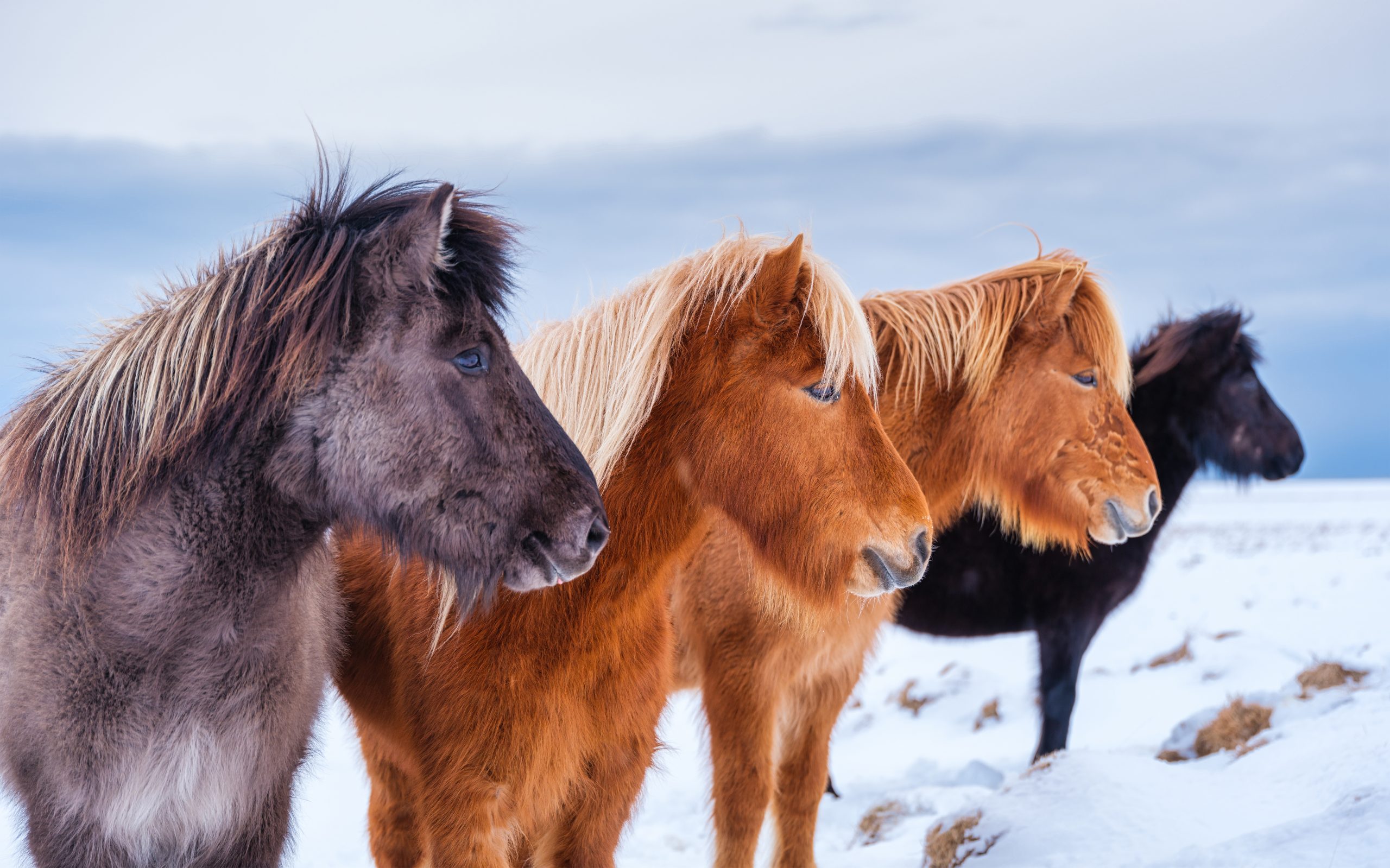How did animals come to Iceland?
 Iceland only had one native land animal when the Norse first arrived here and that was the Arctic Fox. Today, there are multiple species of animals to be found across the country. None arrived naturally, either being brought over by humans on boats or sneaking across on the boats, but they have all established themselves successfully, for better or worse. Almost all the animals look the same as they did when they first arrived in Iceland and that is because Iceland is so far away from other countries.
Iceland only had one native land animal when the Norse first arrived here and that was the Arctic Fox. Today, there are multiple species of animals to be found across the country. None arrived naturally, either being brought over by humans on boats or sneaking across on the boats, but they have all established themselves successfully, for better or worse. Almost all the animals look the same as they did when they first arrived in Iceland and that is because Iceland is so far away from other countries.
Before settlers came to Iceland there was only one mammal and that was the Arctic fox. The fox is told to have been brought with an ice floe to Iceland, but it’s not known if they came from Greenland or West Europe. Foxes eat eggs, birds and even lambs. There coat changes over winter to white so they can hide in the snow.
The Icelandic dog breed
Iceland has its own dog breed called Icelandic sheepdog. They were mostly used as sheep herding dogs first when they came to Iceland, they still do that but are mostly family dogs now.
Icelandic Horses
 The Icelandic horses are just how Iceland likes to perceive itself: little but strong. Icelandic horses tend to be around 140 cm tall. The first horse was brought to Iceland by the Norse settlers between 860 and 935 ad. Icelandic horses are often outside and are fluffy. For over 1.000 years, the Icelandic horses has been purebred in Iceland.
The Icelandic horses are just how Iceland likes to perceive itself: little but strong. Icelandic horses tend to be around 140 cm tall. The first horse was brought to Iceland by the Norse settlers between 860 and 935 ad. Icelandic horses are often outside and are fluffy. For over 1.000 years, the Icelandic horses has been purebred in Iceland.
Considered a symbol of fertility, the horse played a pivotal role in Norse culture and history. What is special about Icelandic horses is that it has survived a lot. From volcanic eruptions to harsh icy winters.
Reindeer
Reindeers are the biggest wild mammal in Iceland They were brought to Iceland from northern Norway in four groups in the years 1771-87, the groups were all sent to different locations sadly the reindeers only survived in southeastern and eastern Iceland, So around where we live. They were brought to Iceland because the idea was to teach Icelanders how to live a nomadic life and practice reindeer husbandry. but that never happened.
There coat is really thick so they can survive in the winter The deer’s shed their horns at different times from November to March, and in early May, pregnant deers are the only ones that don’t sheed their horns. The reindeers were brought to Iceland because there were not so many species in Iceland.
Cow
It is believed that settlers brought what is today often called the Icelandic cow breed and is responsible for producing the milk used in dairy production today in iceland. We have the biggest cow farm in iceland right outside our town The iceladic cow usually dose not have horns and is a bit smaller than other cows.
Icelandic cows were placed on the first floor to pruduce heat for the people on the second floor in the old days.
Icelandic sheep
 The Icelandic sheep has been a large part of Icelandic agriculture throughout the centuries, and Icelanders have used almost every part of it. Meat, blood, and organs were used as food, but fur and wool for clothing. the horns were used for drinking and the bones could end up in the children’s toy collection. The males have big strong horns while the females have smaller horns but they can be bald.
The Icelandic sheep has been a large part of Icelandic agriculture throughout the centuries, and Icelanders have used almost every part of it. Meat, blood, and organs were used as food, but fur and wool for clothing. the horns were used for drinking and the bones could end up in the children’s toy collection. The males have big strong horns while the females have smaller horns but they can be bald.
Chicken
The Icelandic Chicken was first recorded in the ninth and tenth century during the Icelandic settlement, brought by the Viking or Norse settler. There is also talk of “settler chickens” and this refers to the chickens that the settlers brought to this country from Norway and/or the Faroe Islands. In the 1960s, this breed of chicken, which may have existed in the country since colonization, was very close to extinction.
Written by Lilja Dögg and Ólöf Auður
